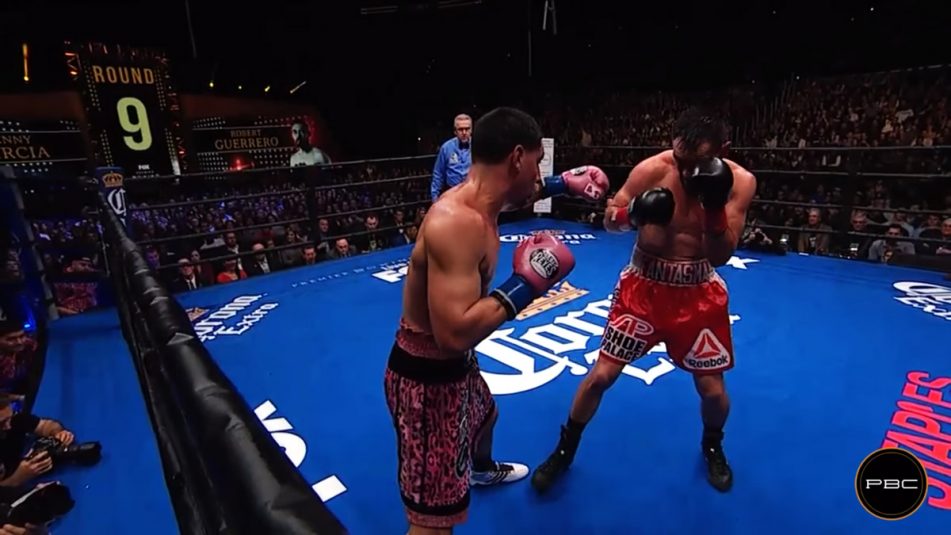IBB Consulting Survey: One-Third Would Watch Live Sports on VR ‘All the Time’
The barrier to progress for the medium seems to be the hardware and monetization
Story Highlights
2017 has seen virtual reality make some strides and certainly appear as part of the productions of more and more major sports events. It’s early days, and the technology still has a long way to progress, but the question remains: is virtual reality something that American sports consumers want? A new study from IBB Consulting paints a positive forecast for the emerging medium.
Surveying 500 U.S. online consumers who expressed interest in using VR to watch live coverage of sports events, IBB Consulting uncovered some interesting trends, including that one-third of respondents would watch live sports on VR all the time if they were given the option.
 IBB Consulting works with brands, sports teams, and streaming-media providers to customize VR strategies and create compelling consumer experiences. As the industry continues to evolve, the company is looking to grasp a greater understanding of what the tastes of those intrigued by VR may be.
IBB Consulting works with brands, sports teams, and streaming-media providers to customize VR strategies and create compelling consumer experiences. As the industry continues to evolve, the company is looking to grasp a greater understanding of what the tastes of those intrigued by VR may be.
A popular hypothetical is thrown at potential VR consumers: if a game were sold out or a ticket to a game too expensive for you, would you watch it in a VR environment? 42% of respondents to the IBB Consulting survey expressed interest in the ability to experience an event from multiple views within a virtual stadium; 27% were interested in the ability to virtually experience a popular or special event that might otherwise be limited by capacity; 28% were intrigued by the affordability that accompanied “being at the game” via VR; 25% of respondents were interested in sports VR as a way to “go to events” with long-distance friends.
So what’s the holdup? Many say it’s the inability to get enough hardware into the hands of Americans, be it as an engagement at an event or in their homes. For Jefferson Wang, a senior partner at IBB Consulting Group, the friction comes down to a lot more than just the headsets.
“The friction is getting devices to [consumers], getting them to download an app, and getting them to register within the app,” he opines.. “We have to reduce that friction. I wouldn’t say it’s just about getting more devices in hand because there’s plenty of friction even after the hardware is out there.”
Another major question is monetization. There’s a strong case to be made for the immersive nature of VR and the value that brings to advertisers who want to be a part of that content. Is there a consumer business model, however? IBB’s survey seems to believe so. 64% of respondents said they would pay for in-home sports VR content via an add-on to existing subscription, pay-per-view, or an exclusive VR sports service. Even if the fan is at the game, the results are positive: 54% of respondents would be willing to pay for VR as part of an increased ticket price or as an add-on purchase at the venue.
For Wang, the biggest — and most encouraging — change that he has seen is that more stadiums and arenas (new builds and upgrades) are inquiring about what it takes to enable VR activations for fans at the game.
“As new stadiums and arenas get built, one of the key questions everybody faces is, how do I get connectivity and what do I do with that connectivity?” he explains. “How do I make sure that the capacity going into these venues at all of these different locations is enough to handle these immersive experiences. Also, what types of immersive experiences can I start to push to bring the consumers in and condition them to these types of experiences?
“We’re very pleased with the amount of people that are aware of these immersive experiences and wondering what they can do with it,” he continues. “They are starting to plan and prepare for it.”
